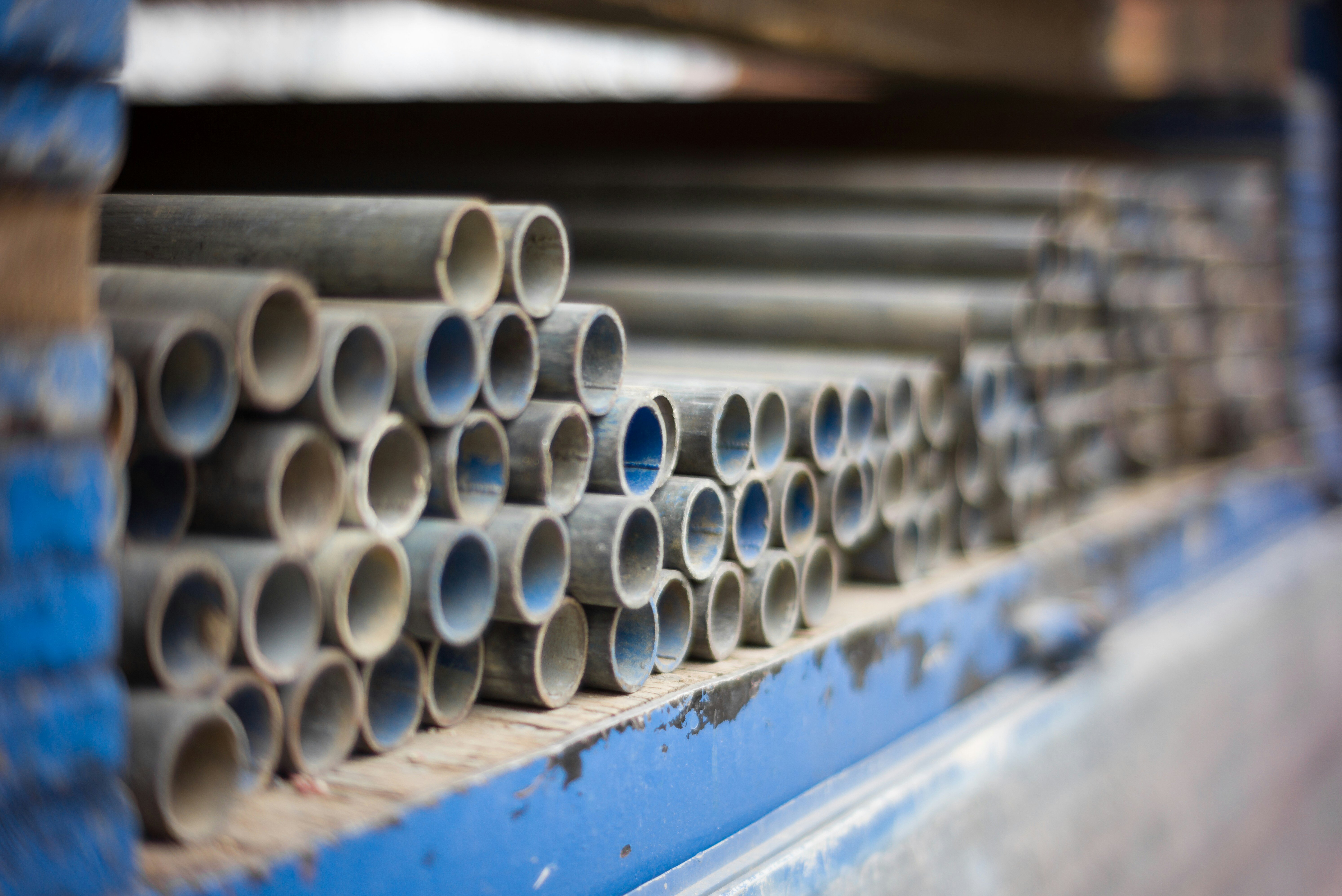The steel strategy: the plan for steel
Steel is essential for a modern economy, underpinning many sectors, from construction to advanced manufacturing.
As sectors such as advanced manufacturing or clean energy industries grow, real opportunities exist to build a thriving steel sector that is an important part of the supply chain for a wide range of economic opportunities. Action is required to best position the industry to exploit these opportunities.
The plan for steel will be our plan to support the sector to best exploit available opportunities to deliver long-term growth. It will be pursued in alignment with wider priorities, including the trade strategy, strategic defence review and Invest 2035, the upcoming industrial strategy.
The intention is that the steel strategy will establish a clear and ambitious long-term vision for the steel industry and set out the actions needed to get there. It will articulate what is needed to create a competitive business environment in the UK with the aim of attracting new private investment to expand UK steelmaking capability.
To support this the government has committed up to £2.5 billion through the National Wealth Fund (NWF) and other routes. This is in addition to the existing £500 million investment in the building of an electric arc furnace (EAF) at Tata Steel UK’s Port Talbot site.
In developing the strategy, we are exploring opportunities and challenges which could have the biggest impacts for our steel industry, including:
- financial support– identifying support for investment opportunities to support the steel sector through up to £2.5 billion of funding and finance
- primary production– assessing the viability of technologies for the production of primary steel, including direct reduced iron (DRI), with a commissioned independent review delivered by the Materials Processing Institute
- identifying future market opportunities– improving understanding of the future demand for steel and the opportunities for investment in increased steelmaking capabilities
- stimulating demand for domestically produced steel– exploring opportunities to best position the UK sector for success in bidding for, and securing, UK contracts across the public and private sectors
- timely availability of suitable sites– how to mitigate and support companies to overcome barriers to investment
- scrap– how to best use and improve the UK’s capability in scrap metal processing, in light of the transition to EAFs
- trade and overcapacity in global markets– how to protect the sector against risks posed by fragmentation and countries engaging in unfair trading practices, how to respond to the challenges presented by overcapacity in the global market and the international responses to this problem, and how to provide a fair and level playing field while balancing the needs of the UK steel sector
- electricity prices– understanding the influence of electricity prices on the competitiveness of the steel sector in the future
- green steel– how the sector should continue to play a role in the UK’s decarbonisation mission, whilst ensuring that decarbonisation does not mean deindustrialisation
- carbon leakage– how to best prevent carbon leakage
- research, development and innovation (RDI)– how to best use the UK’s world-leading research and development capabilities to benefit the steel sector
- workforce and skills– how to ensure the sector can attract and retain talent with the right skills
Source: UK Government https://www.gov.uk/government/consultations/input-into-the-steel-strategy/the-steel-strategy-the-plan-for-steel
.png?quality=high&width=300&height=141&name=CSG%20Logo%20c%20(1).png)


